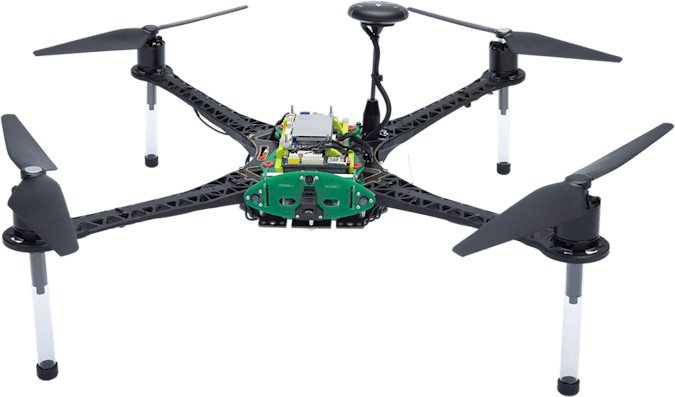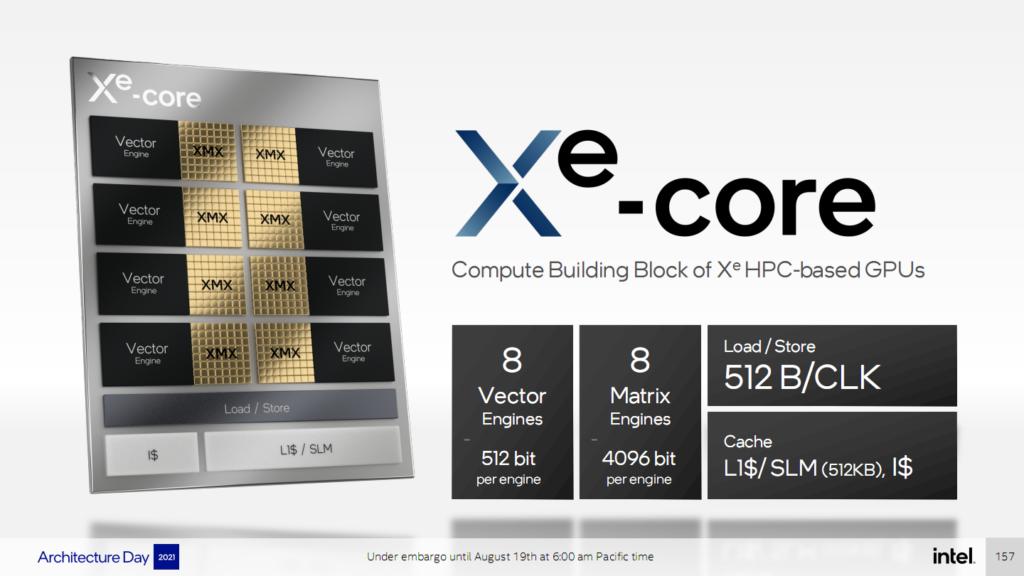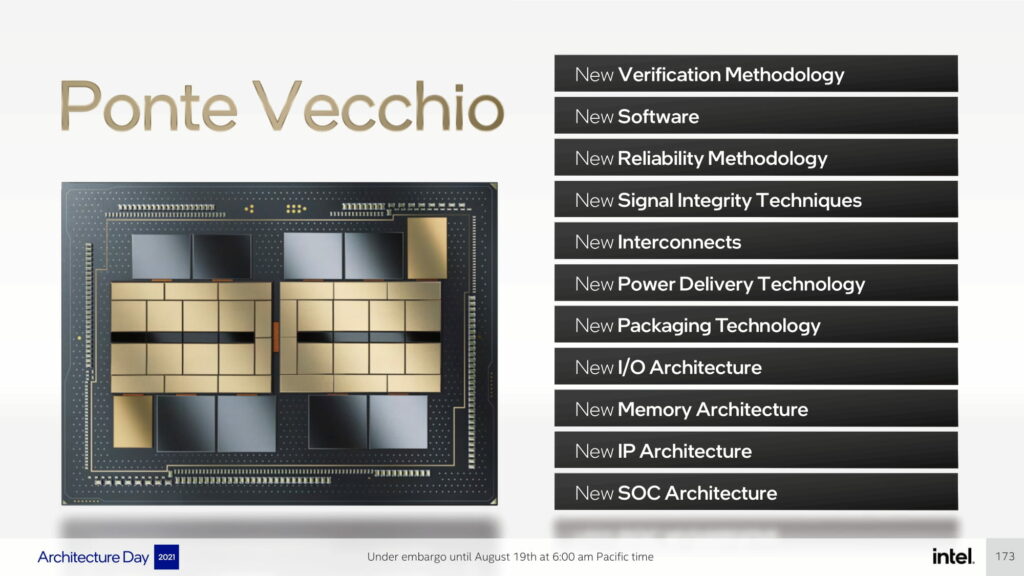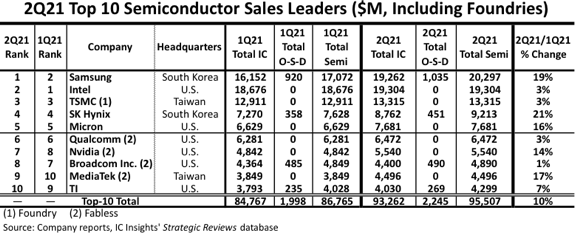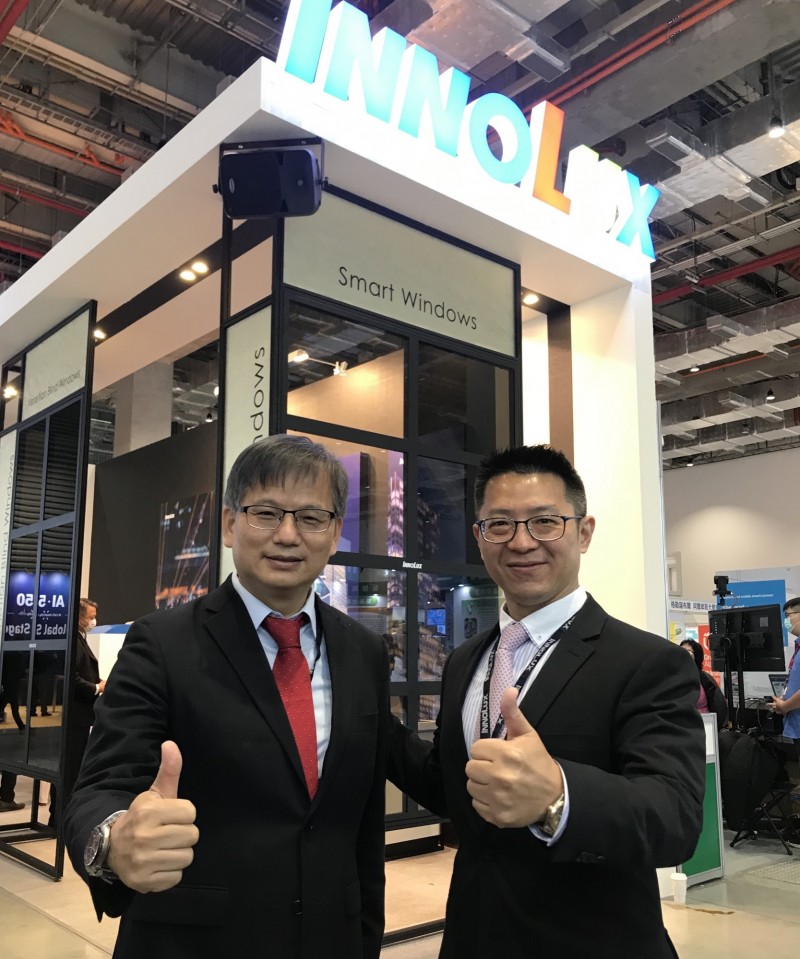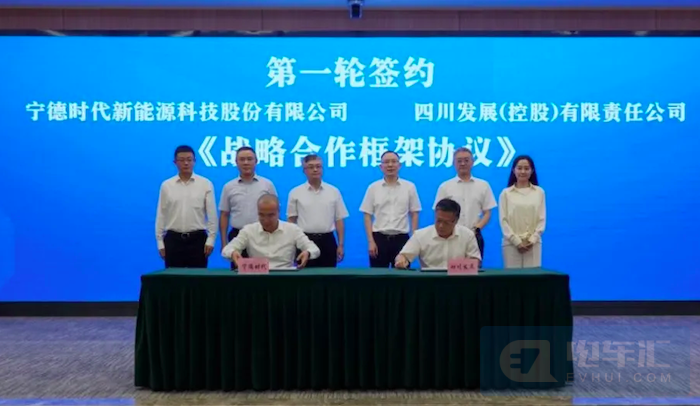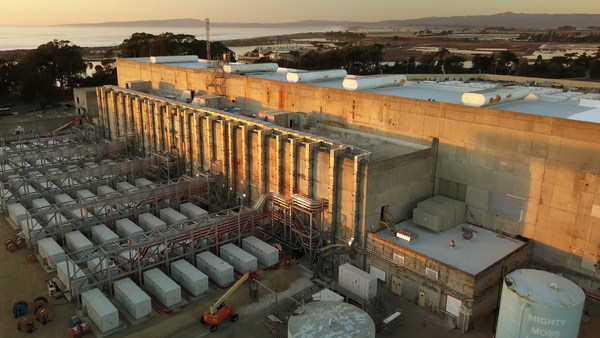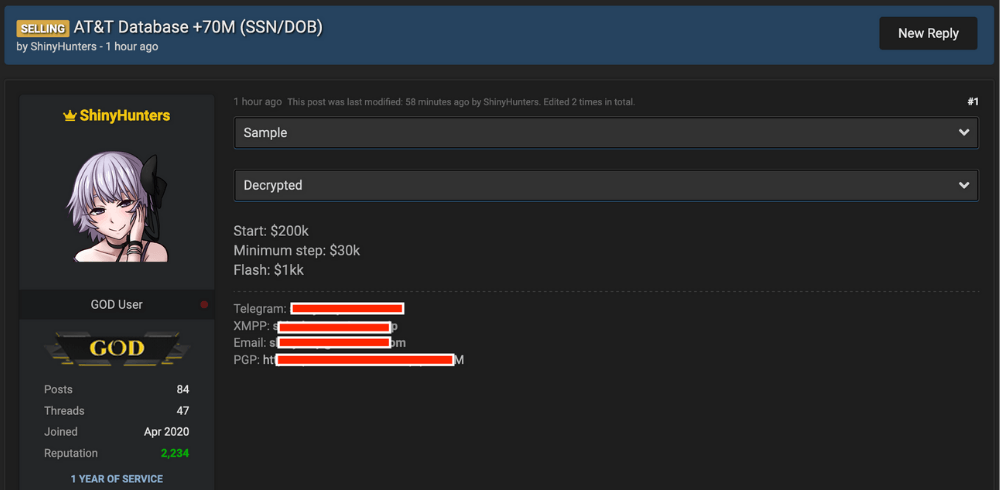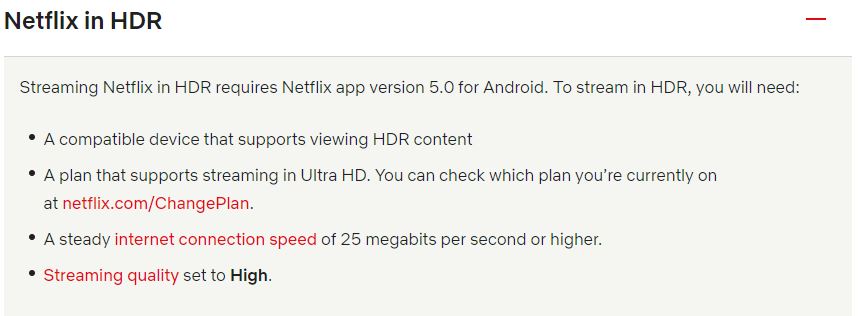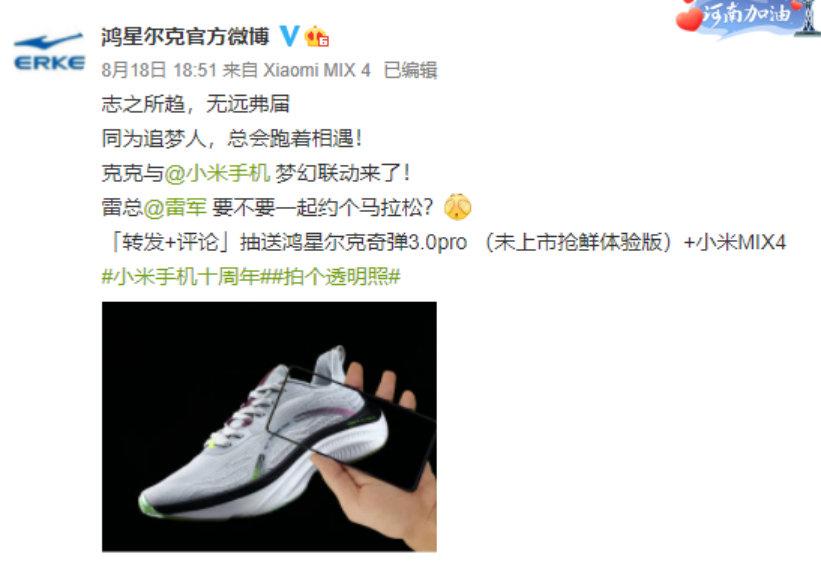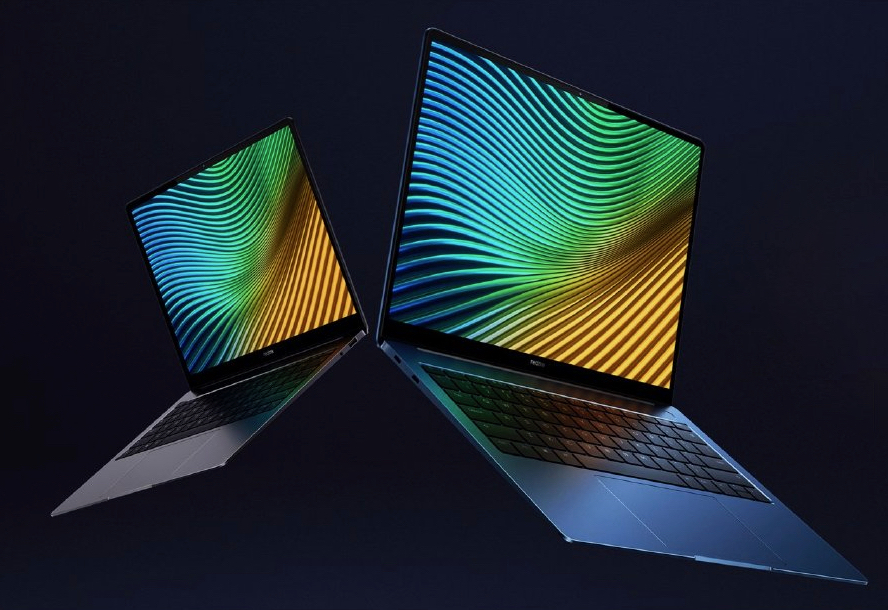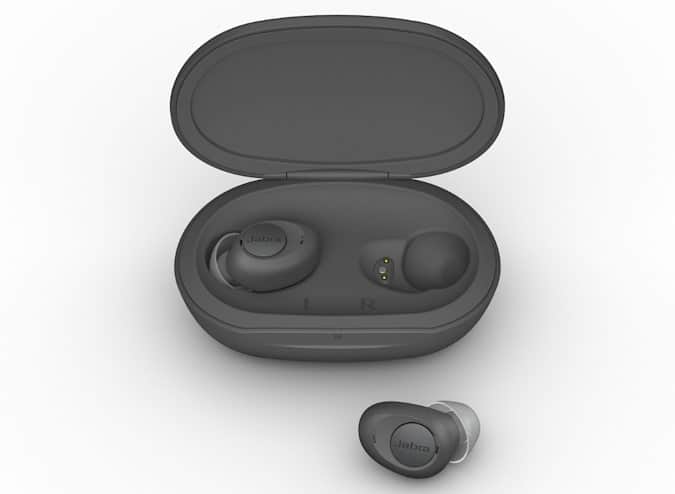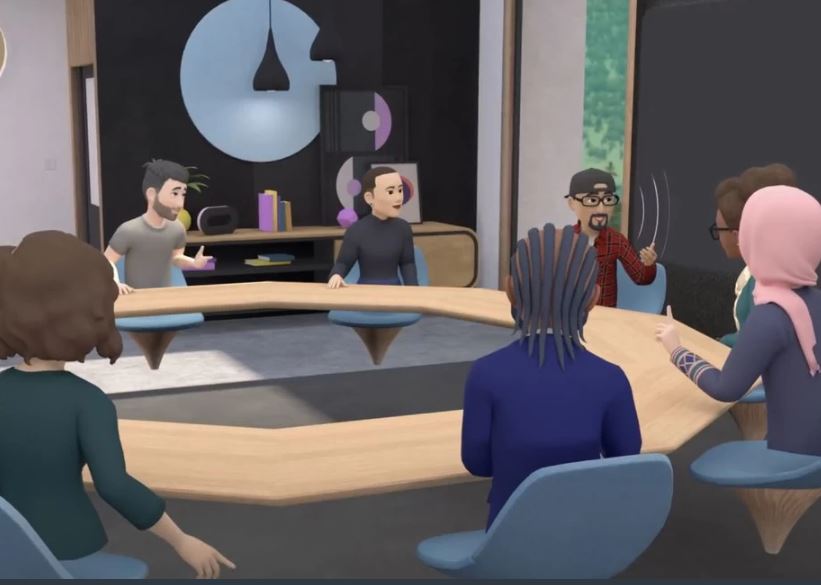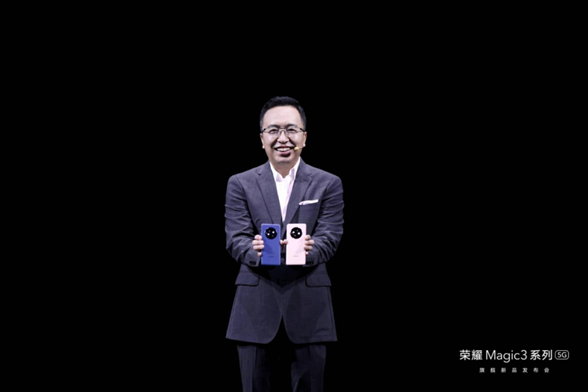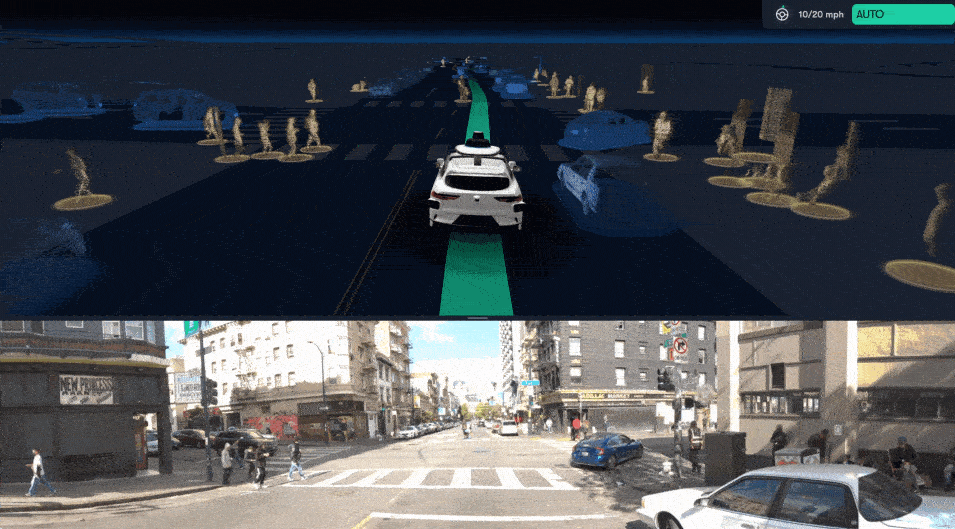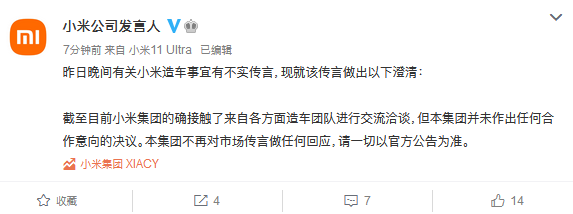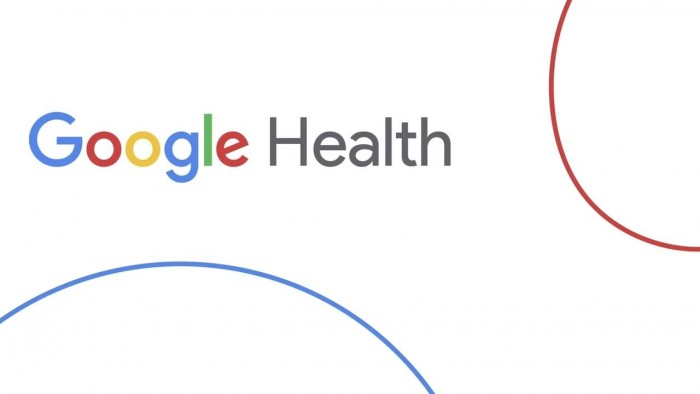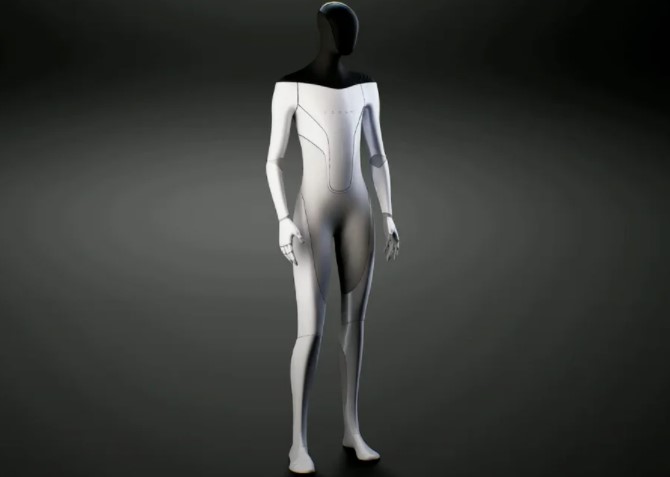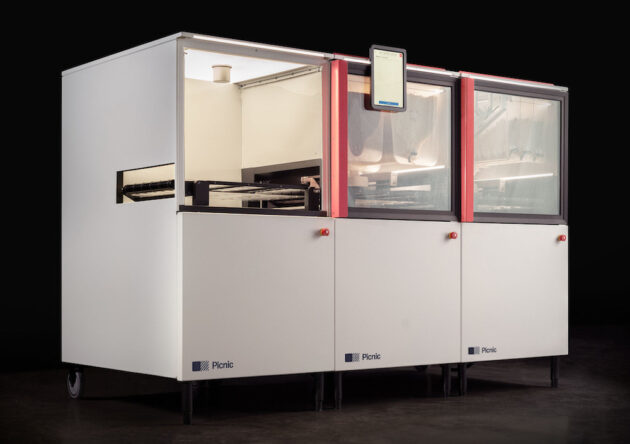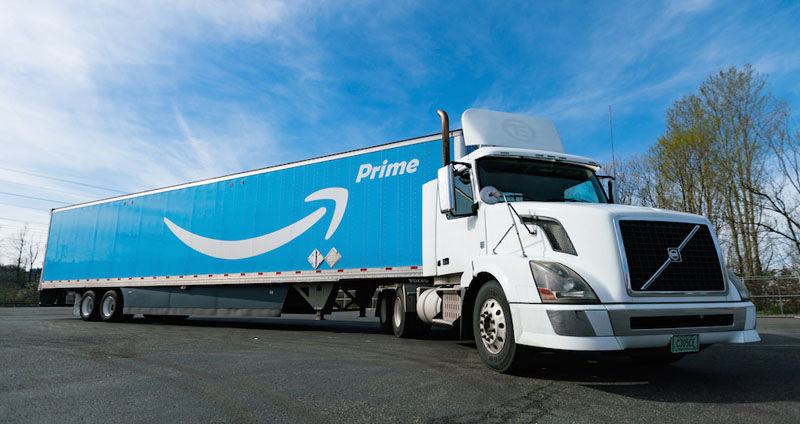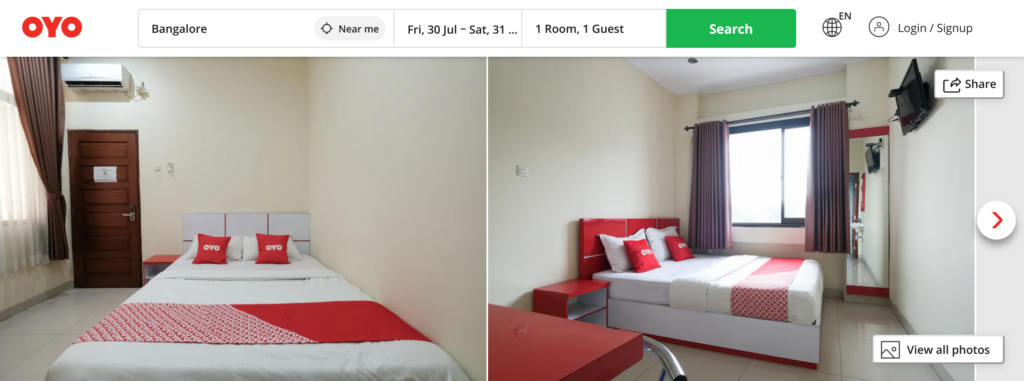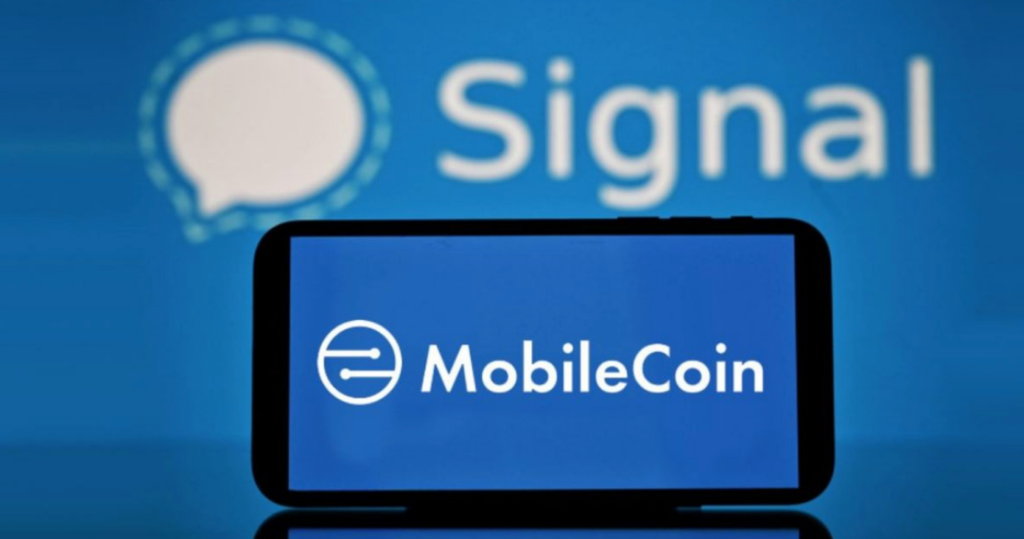
8-21 #Older : Nvidia expects supply constraints of GPU for the majority of 2022; Intel has just launched its 12th generation of CPUs codenamed “Alder Lake”; Google is reportedly dismantling its health technology initiative; etc.
Nvidia warned earlier 2021 that the great GPU shortage would last throughout 2021, and now the company expects supply issues to continue well into 2022. Nvidia CEO Jensen Huang has said that he expects supply constraints for the majority of 2022. Despite the shortages, Nvidia still managed to hit a record revenue of USD6.51B in 2Q21 — up 68% YoY. (The Verge, Seeking Alpha, VideoCardZ)
Samsung Electronics is unlikely to move its 3nm gate-all-around (GAA) FET technology to volume production until 2023, which may put it at a disadvantage in the race for cutting-edge chips, according to Digitimes Research. This puts Samsung at a disadvantage versus TSMC. The latter keeps on firing all cylinders and manages to hit its goals without a snag. (Laoyaoba, Sohu, Digitimes)
Qualcomm Technologies has unveiled a drone platform and reference design to offer both 5G and AI-capabilities, the Qualcomm Flight RB5 5G Platform. The Qualcomm Flight RB5 5G Platform, powered by the Qualcomm QRB5165 processor, builds upon the company’s latest IoT offerings, delivering a solution which will drive the next generation of high-performance, low-power, 5G drones. (Digitimes, press, Engadget)
Intel has just launched its 12th generation of CPUs, codenamed “Alder Lake”, which is expected to launch in fall 2021. It could boost the performance of personal computers by as much as 30% while delivering longer battery life. Additionally, Alder Lake will be the first chip released on Intel’s newly renamed Intel 7 technology node. Intel 7 still uses similar technology to the company’s current 10nm tech, instead of the bigger leap in manufacturing processes planned for Intel 4. (Gizmo China, The Verge, CNET, AnandTech)
Intel’s Xe HPC (high performance compute) architecture powers the company’s most powerful vector compute device to date, codenamed “Ponte Vecchio”. The processor is designed for massive HPC and AI compute applications, but also features raster graphics and real-time raytracing hardware, giving it a dual-use as a cloud gaming GPU. The Xe HPC core vector unit is designed for full FP64 performance, of 256 ops per clock, which is identical to its FP32 throughput. (CN Beta, Tom’s Hardware, TechPower Up, WCCFtech)
IC Insights has listed the top-10 semiconductor sales leaders for 2Q21. Semiconductor sales include ICs and optoelectronics, sensors, and discretes (O-S-Ds). It took USD4.3B in semiconductor sales to be ranked as a top-10 semiconductor supplier in 2Q21. Collectively, these 10 suppliers saw their 2Q21 sales rise 10% to USD95.5B, outpacing the 8% growth for the total semiconductor industry. (IC Insights, Gizmo China)
Since receiving a USD25M grant in 2019 to become the first National Science Foundation (NSF) Quantum Foundry, UC Santa Barbara researchers affiliated with the foundry have been working to develop materials that can enable quantum information–based technologies for such applications as quantum computing, communications, sensing, and simulation. Researchers have studied a new material developed in the Quantum Foundry as a candidate superconductor — a material in which electrical resistance disappears and magnetic fields are expelled— that could be useful in future quantum computation. The new material, “cesium vanadium antimonide” (CsV3Sb5), that exhibits a surprising mixture of characteristics involving a self-organized patterning of charge intertwined with a superconducting state. (CN Beta, Nature, SciTechDaily, Sina)
The global forecast for light vehicle production in 2021 now stands at 80.78M units, according to IHS Markit. This represents an 8.3% increase over 2020 levels. Across the full 2021 year, taking the estimates for 3Q21 and 4Q21, in addition to the losses already identified in 1H21, this would put the full-year risk associated with semiconductor shortages between 6.3M-7.1M units globally, according to IHS Markit estimates. The situation in 3Q21 is undermined by some delay at Renesas. Though manufacturing capacity has been restored, the ability to fulfil shipments may not be possible until Sept 2021. The additional volatility due to COVID-19 lockdown measures in Malaysia where many back-end chip packaging and testing operations are performed. (Laoyaoba, IHS Markit, Bloomberg)
With mobile chip suppliers putting increased focus on 5G solutions, the supply of 4G smartphone chips is being scaled down. Prices of 4G mobile chips will be rising in 2H21, whereas 5G chip prices will be falling, according to Digitimes. Lacking sufficient support from wafer foundries, the 4G chip supply has continued shrinking with their prices hiking. The demand for 5G smartphones remained robust from mature markets and should double 5G smartphone shipments to the end market every year in the next 2-3 years. Since many emerging markets are still primarily running 4G, 4G smartphones and related chip solutions are now enjoying higher profitability than before, with the margin of 4G chips having a chance to surpass that of 5G chips in 2021. (Laoyaoba, Digitimes, Digitimes, press, Sohu)
Innolux has disclosed it will sign a 12-year (2021-2033) contract with SDP Global (China) for the latter to supply 10.5G panels during 2021-2033, and will pay CNY4B (USD618M) in installment for the deal. Innolux’s production capacity will increase by2-3%, and this will expand its 65” and 75” layout. (Digitimes, Sohu, LTN)
LG Chem will invest KRW2.6T (USD2.2B) by 2028 to step up its domestic manufacturing capacity for eco-friendly materials. LG Chem has said it will build 10 new chemical factories in Seosan, about 140km southwest of Seoul, to produce biodegradable materials and other materials used in renewable energy. Among them are poly butylene adipate-co-terephthalate (PBAT), a biodegradable plastic used in decomposable packaging, and polyolefin elastomer (POE), which is broadly used for photovoltaic films, auto exteriors, wire coatings, footwear etc. (Laoyaoba, Korea Economic Daily, Korea Herald)
LG Energy Solution secures 71,000 tonnes of nickel and 7,000 tonnes of cobalt for stable supply of key battery materials. The six-year supply deal would translate to producing batteries that can power 1.3M high-performance electric vehicles, with driving range surpassing 500km on a single charge. (CN Beta, Electrive, PR Newswire)
CATL will deepen cooperation with Sichuan Development and 6 holding companies to build complementary advantages in the fields of energy storage, charging and swapping facilities, aviation power research and development, upstream material integration, smart mining, parts supply, and commercial vehicle electrification to form a win-win cooperation. (Gasgoo, Laoyaoba, Sina, OfWeek)
LG Energy Solution and Vistra have celebrated the completion of the 400MW/1.6GWh Vistra Moss Landing Energy Storage Facility in Monterey County, CA. Moss Landing is a flagship project in which Vistra is developing advanced energy storage capacity, for which LG Energy Solution has provided batteries for the first 400MW/1.6GWh of capacity using its latest innovative Transportable Rack (TR1300). (CN Beta, Korea Herald, PR Newswire)
A hacker known for other data breaches is selling a database allegedly containing gigabytes of AT&T customer information, including social security numbers, and is asking for USD1M to take it down. The hacker, known as ShinyHunters, posted an example list of names, addresses, and social security numbers verified to be accurate and offers the rest for sale to hackers. AT&T has denied that the posted information came from its systems. (Apple Insider, Restore Privacy)
Netfix’s support list for HDR10 devices now includes the OnePlus 8, OnePlus 8T, and OnePlus 8 Pro. More than a dozen Android phones have been added to the HD compatibility list on Netflix’s support site, almost all of them from OnePlus and OPPO. (Phone Arena, Android Police, Tech Today, Neflix)
Google confirms Google Store will continue selling both the Pixel 4a 5G and the Pixel 5 until stocks are depleted. In the U.S., Google Pixel 4a 5G and Pixel 5 are totally out of stock. This will also apply to markets outside of the US where Google officially sells Pixel phones. (CN Beta, GSM Arena, Digital Trends)
JP Morgan lead analyst Samik Chatterjee says that he sees “substantial upside” of Apple relative to consensus expectations for the 2022 fiscal year. That is because of the “iPhone 13” and “5G iPhone SE” models. He has increased his iPhone volume estimates for 2022 to 246M units, which implies another record year of Apple iPhone shipments following 2021. (CN Beta, Barron’s, Inevzz, Apple Insider)
Hongxing Erke has announced collaboration with Xiaomi to promote the “Take a Transparent Photo” campaign with Xiaomi Mix 4. In response, Xiaomi said that thanks to Hongxing Erke, dream chasers will always run to meet each other. In the future, Xiaomi may also conduct other collaborations with Hongxing Erke. (Laoyaoba, IT Home)
vivo Y21 is launched in India – 6.51” 720×1600 HD+ v-notch, MediaTek Helio P35, rear dual 13MP-2MP depth + front 8MP, 4+64 / 4+128GB, Android 11.0, side fingerprint, 5000mAh 18W, INR13,990 (USD188) / INR15,490 (USD208). (GizChina, Money Control, 91Mobiles, MySmartPrice)
realme Book is announced in India – 14” 1440×2160 2K 3:2 aspect ratio IPS display, Intel Core i3 / i5, 8+256 / 8+512GB, Windows 10 (upgradable to Windows 11), 54Wh battery, 65W charger, Wi-Fi 6, stereo speakers by Harmon Kardon, power-fingerprint combo button, starts from INR46,999 (USD632) / INR59,999 (USD807). (GizChina, Android Authority, GSM Arena, CN Beta, realme)
Jabra Enhance Plus is announced, which is a pair of earbuds capable of enhancing hearing for users who are not yet ready for a hearing aid. They can also be used to make phone calls and listen to music. It also features digital noise reduction to increase voice quality when there is a lot of ambient noise (wind, passing automobiles, etc). (Android Headlines, CN Beta)
Facebook, the parent company of Oculus and their virtual reality (VR) headsets, has announced a new feature which will now allow users to digitally connect in a boardroom-like space all in VR. Branded as Horizon Workrooms, the feature is free of charge for anyone who owns an Oculus Quest 2, and will allow colleagues and friends to collaborate in a three dimensional space. The company refers to technology such as this as the “metaverse”. (Pocket-Lint, Oculus)
Honor has responded to the rumors of building a car. The company CEO Zhao Ming has said that only by making mobile phones and other consumer businesses an absolute leader, will other areas be considered. He has said that the Honor 50 series is preparing for overseas shipments and sales. Honor is resuming operations in more than 50 countries around the world. The Honor 50 series may be listed in more than 30 countries and support Google GMS service. (Laoyaoba, QQ, Sina, China Daily)
Waymo has been operating a publicly available driverless shuttle service in Arizona for a couple of years, and it expanded its testing programs all over, including to San Francisco. An array of LiDAR, radar and cameras can track what is going on all around the vehicle in a variety of weather conditions. The system generates a 3D view of the vehicle’s surroundings that humans would be able to understand. Along with other cars, the system can render pedestrians in addition to cyclists who narrowly pass by the vehicle. The company’s vehicles have autonomously driven more than 20M miles on public roads as well as 20B miles in simulations. (CN Beta, CNET, Waymo, Engadget)
Regarding rumors about car-making issues, Xiaomi has responded that so far, Xiaomi Group has indeed contacted car-making teams from various parties for exchanges and negotiations, but Xiaomi Group has not made any decision on cooperation intentions. Xiaomi Group no longer responds to market rumors, please refer to the official announcement. (CN Beta, Sina)
Toyota has announced that due to the shortage of parts supply caused by the epidemic, it will make significant adjustments to its production from late Aug to Sept 2021. The global production scale will be reduced to about 360,000 vehicles (about 140,000 in Japan, overseas About 220,000 vehicles). Among them, of the 28 production lines of all 15 factories in Japan, from 24 Aug to Sept, 27 production lines of 14 factories will be temporarily suspended. The scale of production reduction reached 40% of the original production plan. However, Toyota has said that this large-scale shutdown will not affect the full-year production plan. (My Drivers, Sina, Yicai, Reuters, BBC, Bloomberg)
According to Digitimes Research, Tesla’s annual sales of electric vehicles will exceed 1.3M units in 2022, and the total production capacity of electric vehicles will reach 2M units by the end of 2022. In addition, due to the deepening of the software (FSD) layout, its software business unit revenue will show more than 3 times growth in 2025. In response to increasing demand for orders, Tesla is also building factories on 3 continents. It is estimated that its total electric vehicle production capacity will reach 2M units by the end of 2022. The annual production capacity of Model Y and Model 3 electric vehicles at Tesla’s Shanghai plant has reached 450,000 units. (163, Yahoo, Laoyaoba, UDN)
Google is reportedly dismantling its health technology initiative and splitting its projects across other teams as the chief of the division departs the company. Dr. David Feinberg is reportedly leaving Google to join electronic medical records firm Cerner as its CEO and president. The various projects and teams that make up Google Health are being split across other parts of Google. (CN Beta, Business Insider, Apple Insider)
Tesla CEO Elon Musk has revealed that the company is building a humanoid robot called the Tesla Bot. The Tesla Bot will run on an artificial intelligence system, not unlike the company’s Autopilot technology for its vehicles. It will be designed to do various dangerous and repetitive tasks for humans and navigate our world without having to be fed step-by-step instructions. (Engadget, Protocol)
Picnic, the Seattle food automation startup, has announced that it is accepting pre-orders from U.S. customers for its Picnic Pizza System, designed to reduce costs and labor in commercial kitchens. The robotic pizza maker will be available for monthly subscription prices ranging USD3,500-5,000, depending on the configuration and production volumes. Picnic said it will manufacture and install existing customer orders through 2021 and new system orders will begin to ship in 2022. (CN Beta, TechCrunch, GeekWire)
MIT and Shanghai Jiao Tong University have designed a soft, lightweight, and potentially low-cost neuroprosthetic hand. The smart hand is soft and elastic, and weighs about half a pound. Its components total around USD500 — a fraction of the weight and material cost associated with more rigid smart limbs. Rather than controlling each finger using mounted electrical motors, as most neuroprosthetics do, the researchers used a simple pneumatic system to precisely inflate fingers and bend them in specific positions. (Engadget, MIT)
Amazon has developed electronic tracking technology for the trucks used by its partners to monitor their movement and hopefully improve driver safety. Amazon’s Relay ELD (electronic logging devices) — named after the company’s Relay platform for booking delivery jobs — works by plugging hardware into the diagnostics port of trucks to directly digest information from the engine. It then communicates that data over Bluetooth to be logged in an accompanying app. ELDs typically track location, movement, and when a truck turns on or off, to monitor drivers’ hours. (CN Beta, The Verge, The Information)
Microsoft has invested USD5M in SoftBank-backed Oyo in India. The new investment values Oyo at USD9.6B, only slightly below the USD10B implied valuation from the Indian startup’s previous financing round in 2019. This strategic investment may also involve Oyo shifting to use Microsoft’s cloud services. (CN Beta, TechCrunch, Reuters)
MobileCoin, a cryptocurrency startup that counts founder Moxie Marlinspike of the encrypted messaging app Signal as its earliest technical advisor, has raised USD66M in Series B funding from a long list of investors. MobileCoin uses peer-to-peer networking for payments so it is easier to keep transactions private even when taking advantage of the transparent and secure digital ledger known as the blockchain. (VentureBeat, TechCrunch)

